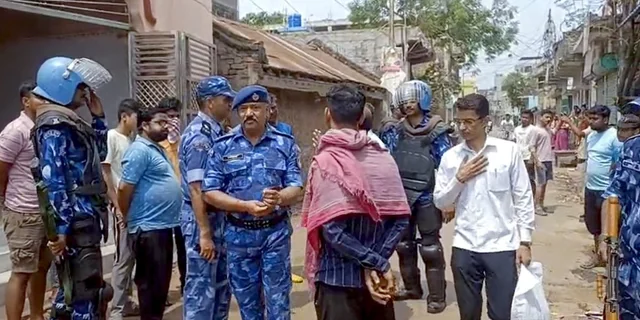
In April 2025, Murshidabad district in West Bengal became the epicenter of a disturbing wave of communal violence following protests against the Waqf (Amendment) Act, 2025. A court-appointed fact-finding committee has now revealed troubling details implicating political figures and highlighting a complete breakdown of local law enforcement.
Background: Protests Over Waqf Act
The violence stemmed from opposition to the Waqf (Amendment) Act, 2025, which altered how Waqf properties are administered. Despite Chief Minister Mamata Banerjee’s assurance that the Act would not be enforced in West Bengal, protests broke out in several districts, with Murshidabad witnessing the most severe escalation.
Timeline of Violence in Murshidabad
From April 8 to 13, violent clashes unfolded across Murshidabad. On April 11, a crowd of nearly 10,000 gathered, eventually turning into a mob that engaged in arson, stone-pelting, and attacks on police and public infrastructure. The violence resulted in the deaths of three individuals, injuries to more than ten, and the displacement of over 400 Hindu residents, who fled to the neighboring Malda district for safety.
Key Findings From the High Court Report
Involvement of Political Figures
The most explosive revelation in the fact-finding report is the alleged involvement of local political leaders:
- Mehboob Alam, a local councillor affiliated with the ruling Trinamool Congress (TMC), is identified as having led a group of miscreants during the attacks.
- Amirul Islam allegedly directed the mob to homes and properties that had not yet been attacked, escalating the scale and intensity of the violence.
- Additionally, a local Member of the Legislative Assembly (MLA) was reportedly present during the assaults but took no action to stop the violence.
Police Inaction and Absence
The report strongly criticizes the role of local law enforcement:
- Villagers in Betbona made multiple distress calls, all of which went unanswered.
- The incident unfolded within 300 meters of the local police station, yet no officers intervened.
- The report describes the police as “completely inactive and absent,” a charge that raises questions about administrative accountability and state oversight.
Extent of Property Damage and Displacement
The scope of destruction was severe and deliberate:
- 113 homes in Betbona village were severely damaged and rendered uninhabitable.
- Water connections were deliberately severed, preventing residents from extinguishing fires.
- Women and children, gripped by fear, have sought shelter with relatives in safer areas.
Targeted Killings and Communal Nature of Violence
The communal undertone of the violence is further emphasized:
- On April 12, a Hindu man and his son were killed by their Muslim neighbours, according to the report.
- Several businesses, temples, and places of worship were attacked in what appears to be organized communal violence.
Looting and Arson of Commercial Establishments
Murshidabad’s local economy also took a hit:
- 29 shops in Ghoshpara were damaged or looted.
- A mall-style shopping complex was attacked and shut down.
- Essential businesses, including grocery, textile, and hardware stores, were either vandalized or set ablaze.
Court and Government Response
In response to the findings:
- The Calcutta High Court ordered the deployment of Central Armed Police Forces (CAPF) to maintain peace and order.
- Internet services were suspended, and Section 144 was imposed to restrict gatherings.
- A Special Investigation Team (SIT) has been formed, and over 210 arrests have been made.
The High Court is also expected to deliberate further on the report’s findings and may consider directing the state government to take action against those named, including political figures.
Conclusion: A Breakdown of Law and Governance
The Murshidabad violence presents a grim example of how political interference, police inaction, and communal tensions can converge to destabilize communities. The revelations of political involvement by TMC leaders, the failure of local police to act, and the organized nature of the attacks have ignited fresh debates on law enforcement accountability and communal harmony in West Bengal.
The findings are likely to spark broader political and legal ramifications as the High Court considers its next steps. Meanwhile, affected families continue to await justice and safety.
Read next story: Top Maoist Leader Basavaraju Killed in Encounter: PM Modi Calls It a ‘Remarkable Success’





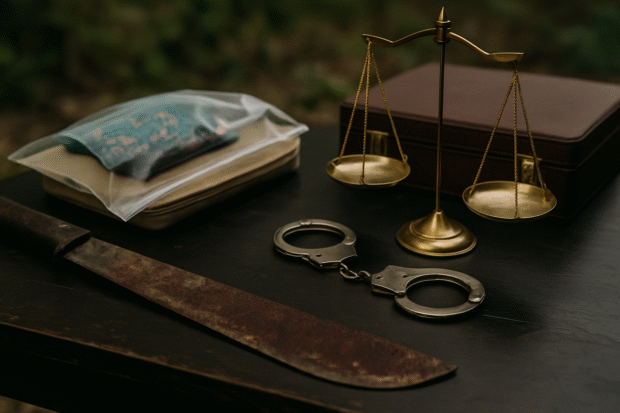


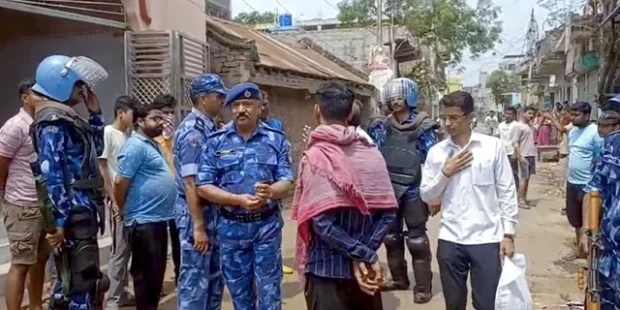
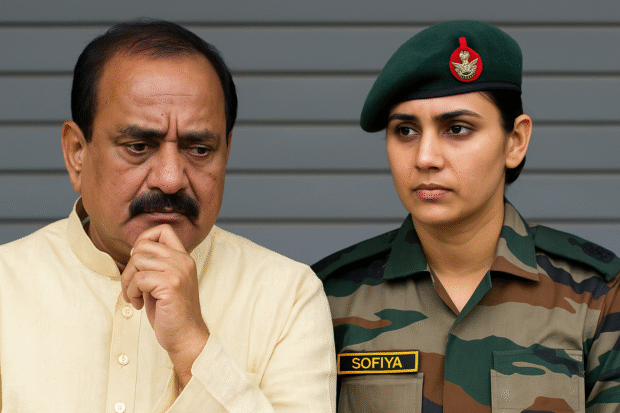
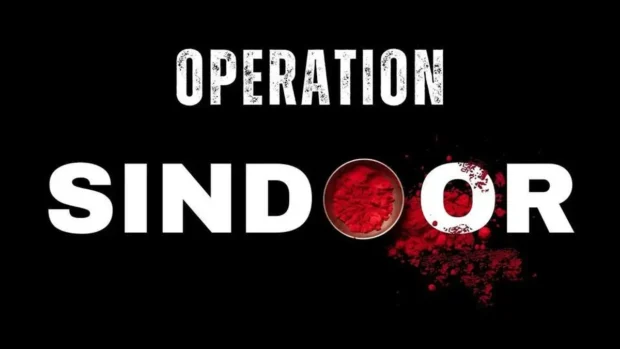
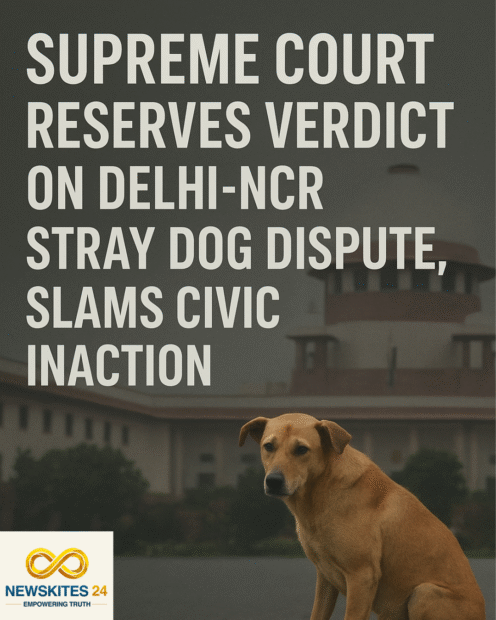


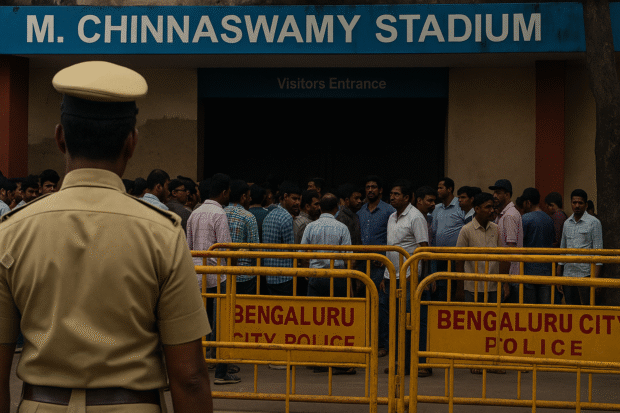
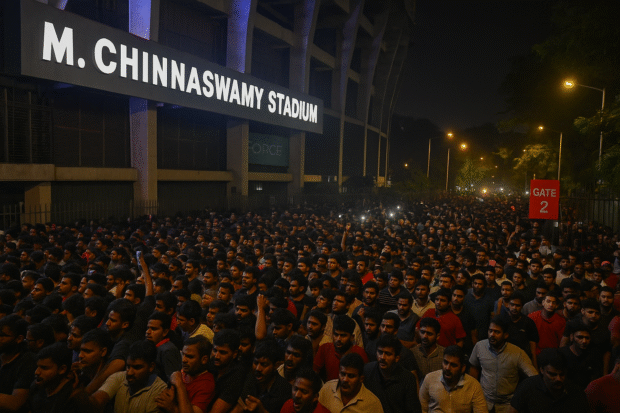

Be the first to leave a comment